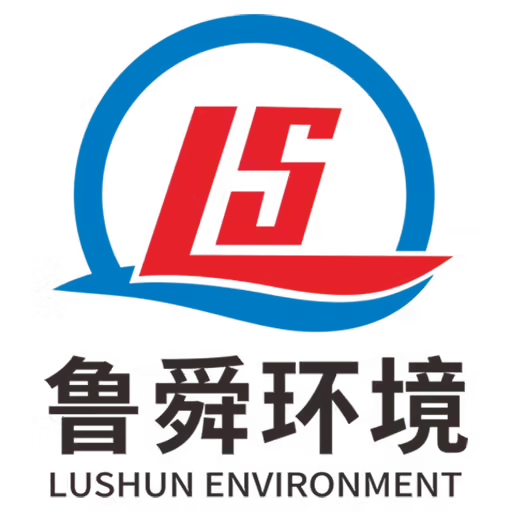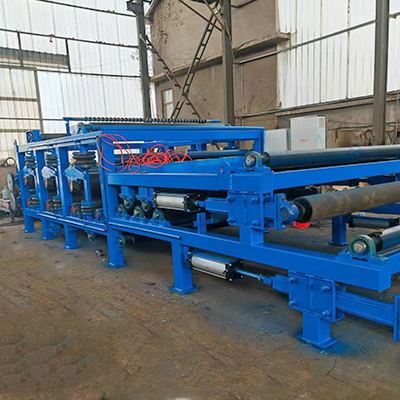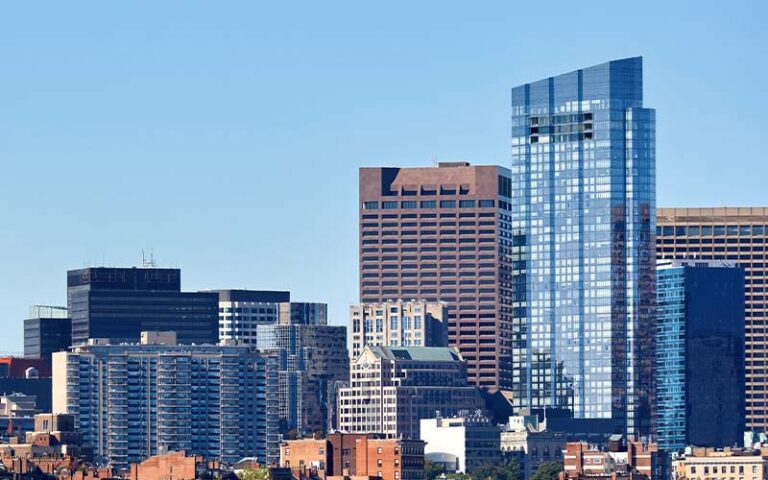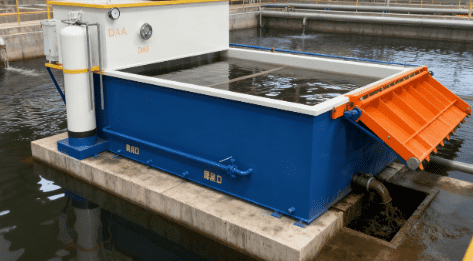In the deep water area of industrial wastewater treatment, anaerobic towers are reshaping the treatment paradigm of high-concentration organic wastewater with a dual-zone structure of “fluidized bed + deep purification”. This cylindrical equipment with a diameter of 3-10 meters achieves a COD removal rate of more than 80% through the “biological sponge” effect of granular sludge and an intelligent circulation system. At the same time, the annual biogas production can meet 30% of the factory’s electricity consumption, becoming a model of “waste treatment with waste”.
Five-stage efficient degradation system
Three-stage hybrid activated sludge
- Circulating water dilution:
The circulating water (flow rate is 2-5 times of the inlet water) from the top of the tower is mixed with the raw water in the water distributor to dilute the COD from 5000-50000mg/L to 2000-10000mg/L to avoid shock load. Data from a brewery: the inlet COD is 8000mg/L, which is reduced to 3000mg/L after mixing, and the activity of granular sludge is increased by 30%.
- Jet stirring:
High-speed water flow (flow rate 5-8m/s) generates negative pressure through the Venturi tube, sucking in the bottom granular sludge (concentration 50-80g/L) to form a ternary mixture of “wastewater + sludge + circulating water”.
- Temperature balance:
The built-in coil heat exchanger (heat exchange area 100-300m²) maintains the water temperature at 35±1℃ (the optimal range for mesophilic anaerobic operation). Example of winter operation of a paper mill: temperature stability increases methane production by 25%.
“Biological Fluidized Bed” of Granular Sludge
- Fluidized state creation:
The rising flow rate of 1.5-3.5m/h makes the granular sludge with a particle size of 0.5-3mm fluidized (expansion rate 30-50%), and the specific surface area reaches 500-800m²/m³, which is 2-3 times that of traditional UASB.
- A revolution in mass transfer efficiency:
The contact time between sludge and wastewater was shortened from 4-8 hours to 1-2 hours. A food factory measured that the butyric acid mass transfer coefficient increased from 0.05h⁻¹ to 0.15h⁻¹, and the methane production rate increased by 200%.
- Initial degradation of pollutants:
More than 80% of COD is converted into biogas (methane accounts for 65-75%). For example, in a chemical park, the inlet COD was 15,000 mg/L, and the COD out of the fluidized bed dropped to 3,000 mg/L.
The last barrier to gradient degradation
- Low speed flocculation bed:
The rising velocity drops to 0.5-1m/h, the sludge bed is stable, and the residual COD (500-1500mg/L) is further degraded by slow-growing methanogens. Data from a pharmaceutical factory: COD dropped from 1200mg/L to 200mg/L, with a removal rate of 83%.
- Biogas Collection System:
The top three-phase separator (gas-liquid-solid separation efficiency 95%) guides the biogas into the gas storage cabinet. The actual measurement shows that 0.35m³ of biogas is produced for every 1kg of COD degraded (under standard conditions).
Water circulation and sludge discharge
- Intelligent reflux control:
Dynamically adjust the circulation ratio (2-8 times) according to the influent load. A smart anaerobic tower project: AI algorithm reduces the circulation energy consumption by 40%.
- Precise mud removal:
The bottom cone bucket (angle 60°) regularly discharges aged sludge (water content 98%) to maintain the granular sludge age for 15-30 days. The annual sludge discharge of a brewery is reduced by 60% compared with UASB.
Biogas Utilization Closed Loop
- Annual biogas power generation:
The anaerobic tower with a processing capacity of 1000m³/d can generate 1.5 million kWh of electricity per year (enough to meet the electricity needs of 300 households). A winery uses biogas for boilers, saving 80 tons of natural gas per year.
“Customized solutions” for high-concentration wastewater
- Food and Beverages:
A dairy factory treats lactose wastewater (COD 12000mg/L). The COD of the anaerobic tower effluent is less than 800mg/L. The gas produced supplies 30% of the factory’s electricity and reduces CO₂ emissions by 1,200 tons per year.
- Papermaking and printing:
In treating the middle stage of black liquor (COD 8000mg/L), the degradation rate of lignin by granular sludge reaches 65%, and the effluent directly enters the aerobic tank, saving 30% of aeration energy consumption.
- Pharmaceutical chemicals:
A pesticide factory treated pyridine-containing wastewater by using toxic-resistant granular sludge (acclimation period of 20 days), reducing COD from 20,000 mg/L to 2,500 mg/L, breaking through the bottleneck of traditional process treatment.
From “processing” to “resource circulation”
With the advancement of the Technical Guidelines for the Treatment of High-Concentration Organic Wastewater, anaerobic tower technology has evolved towards refinement and resource utilization:
- Super efficient bacteria:
Gene-edited methanogens have increased the volumetric load to over 40kg COD/(m³・d) (data from a certain laboratory).
- Sewage sludge – carbon-based fertilizer conversion:
The sludge is pyrolyzed into biochar (specific surface area 1000m²/g), with one project producing 200 tons per year for soil remediation.
- Modular assembly:
The 3D-printed fiberglass anaerobic tower (5m in diameter) shortens the on-site installation period from 60 days to 20 days, adapting to distributed processing needs.
Underground “Eco-reactor”
This silently running cylindrical device converts dozens of tons of wastewater into clean energy every day, but few people know about it. Its secret is to allow microorganisms to release maximum efficiency in a fluidized state; its value is to prove that high-concentration wastewater is not only pollution, but also a resource. As the project engineer said: “When the biogas from the anaerobic tower ignites the torch, it is a dance between industrial civilization and ecological civilization.”






